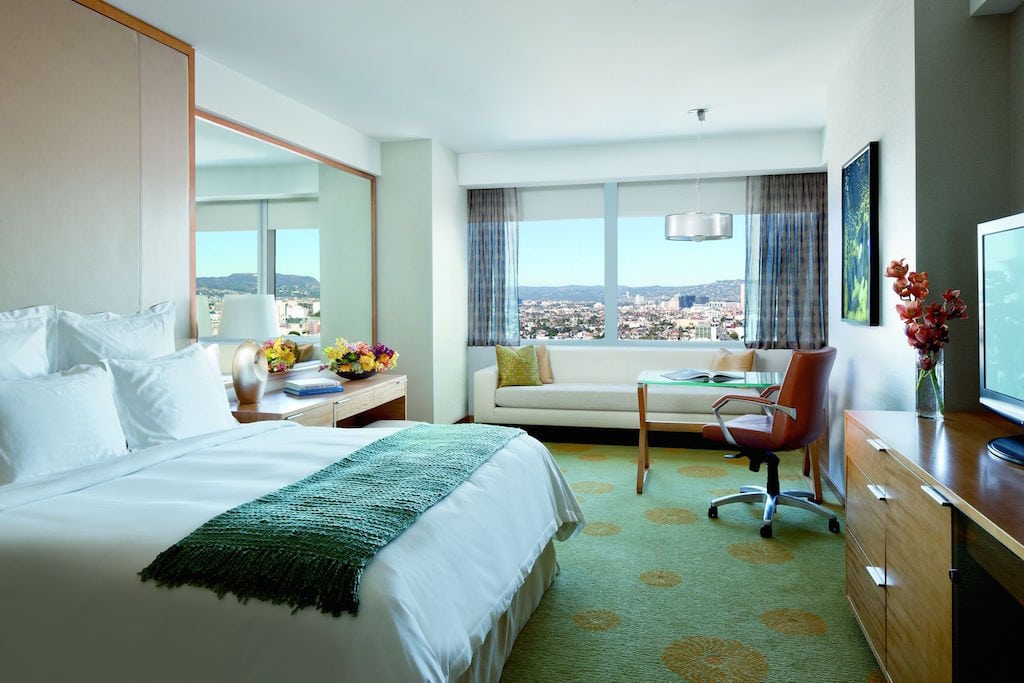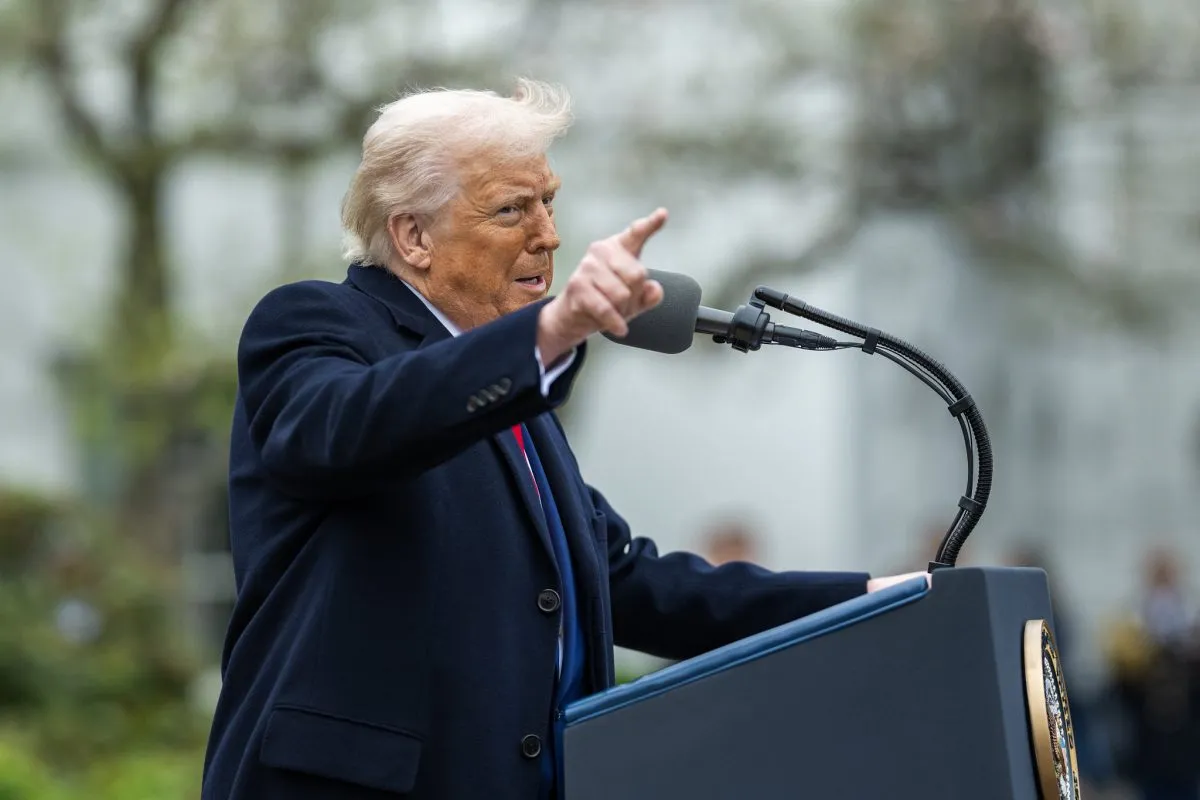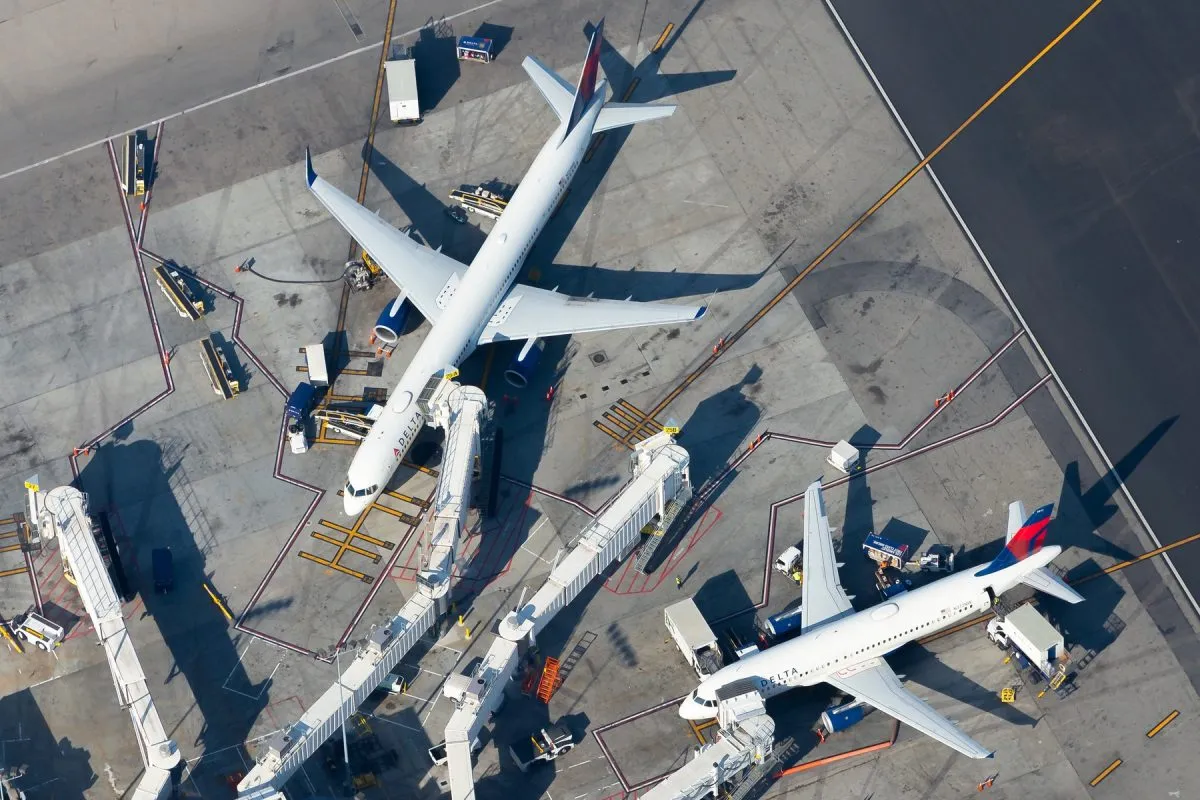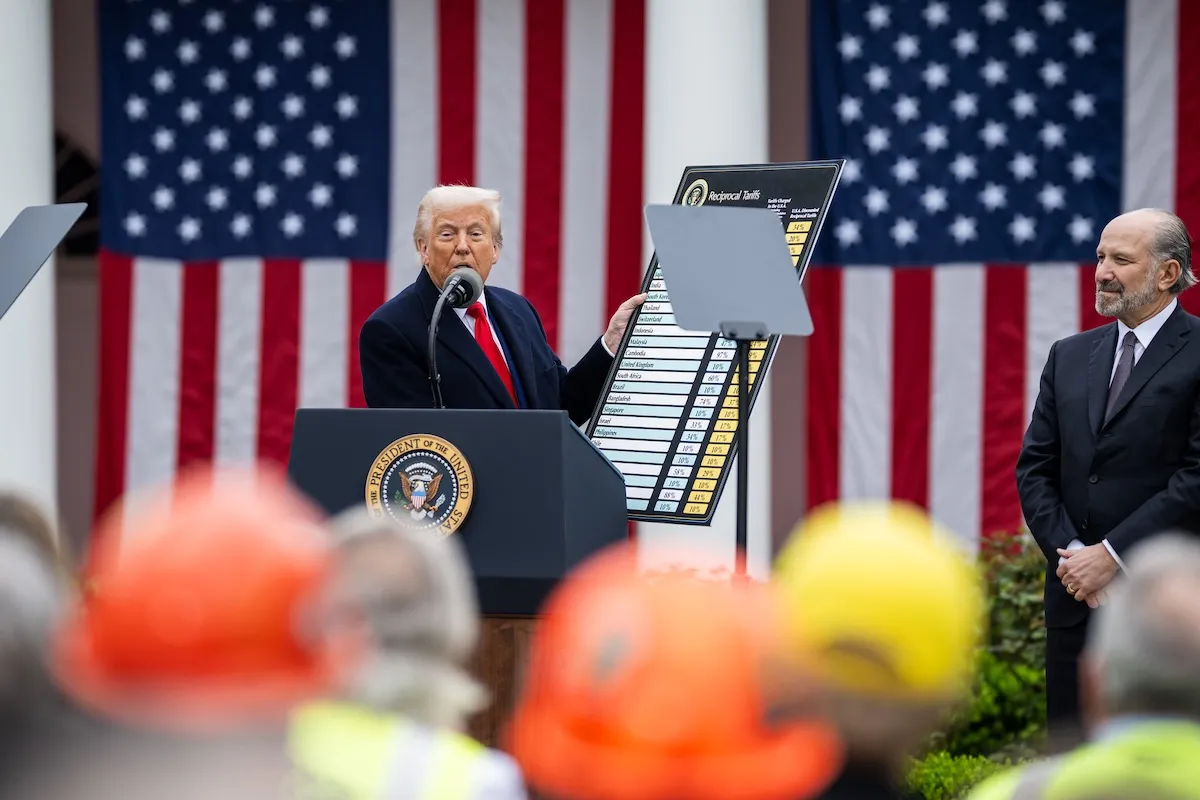5 Big Takeaways for Hoteliers From This Year’s J.D. Power Hotel Guest Satisfaction Rankings

Skift Take
This year’s annual J.D. Power rankings for North American Hotel Guest Satisfaction are out and even though guest satisfaction with hotels in Canada, the U.S., and Mexico has reached a record high in 2016, it’s doubtful that we’ll see the same results next year.
“My personal prediction is that, probably, next year, we might see a decline in guest satisfaction,” Rick Garlick, global travel and hospitality practice lead at J.D. Power, said. Garlick said that free hotel perks like Wi-Fi, breakfast, and upgraded room amenities have boosted guest satisfaction in the past few years, but “they are no longer new and interesting.”
He said, “Guests are asking, ‘what have you done for me lately?’ But at most price points, hotels have already done as much as they can do in terms of updating their product. So now they need to find ways to offer additional value to their guests.”
J.D. Power’s 2016 North America Hotel Guest Satisfaction Index Study, conducted between June 2015 and May 2016, compiled responses from more than 63,000 guests in Canada and the U.S. who stayed at a hotel in North America between May 2015 and May 2016. It looks at eight different hotel segments and calculates a score based on a 1,000-point scale, examining ease of reservation; check-in/check-out experience; guest room; food & beverage; hotel services; hotel facilities; and cost and fees.
This year’s data relating to cost and fees, in particular, pointed to a “plateau” in terms of guest satisfaction, Garlick noted. “There was virtually no increase in guest satisfaction with cost and fees this year. Hotels have hit a ceiling in terms of the added value of the customer experience at the price points they are working in.”
The one exception, he said, was the luxury segment, where satisfaction with cost and fees rose 20 points in comparison to last year’s study. Luxury hotels “are still finding additional way to find value for their guests.”
So what should hoteliers be doing now to make sure guest satisfaction doesn’t drop next year? Garlick had a few suggestions, based on what he interpreted from this year’s index study.
1. Focus on Investing in Service
A solution for boosting guest satisfaction scores might be as simple as focusing on how service can enhance a guest’s hotel experience. Garlick said, following the recession, hotels immediately focused on reinvestments in service, followed by more capital investments in terms of upgrades and renovations, and offering more perks and amenities.
“Hotels have been investing in their product and giving more freebies for things they used to charge for, but you can only do that so much to stay in your category and appeal to the type of customer you want,” he said. “Perhaps we need to, instead, return to a service focus. It might not be free, but it’s less costly than capital investments, and with a focus on training and service, you don’t have to give away a lot of free things.”
And although labor costs are rising and it’s getting tougher for hoteliers to find and attract the best talent, another study that came out recently also suggested that even if inflation and labor costs rise, hoteliers shouldn’t be as concerned.
2. Attract More Loyalty Members, Especially If They’re Millennials
In all the years J.D. Power has conducted this study, it has always found that loyalty program members generally have higher satisfaction scores than those who not loyalty members. But this year’s study showed wide gaps in loyalty program membership along generational lines.
“Each successive generation has a lower incidence of membership in a loyalty program than the one before it,” Garlick said. Sixty-six percent of Boomers, 56 percent of Gen X, and 39 percent of Gen Y belong to a hotel loyalty program.
J.D. Power's findings somewhat align with those released earlier this year by the Collinson Group, a global consultancy, which reported a decline in the number of people belonging to hospitality loyalty programs
Garlick said he believes younger guests want more personalization from loyalty. “Maybe points are no longer a price of entry or table stakes for people who want a personalized experience. They want to be recognized for the status they’ve achieved.”
Lars Holmquist, Collinson Group senior vice president of business development, said, “Hospitality loyalty programs have a great opportunity to leverage what they are doing with their overall branding and experiences with their guests. To give you an example, the benefits that you can bring to a program in a hospitality loyalty program can be recognition when you walk into the hotel, or various upgrades like access to special lounges. That gives hospitality programs, compared with other industry sectors, an advantage. It’s a way to show VIP treatment to their frequent guests that’s very compelling beyond collecting points.”
Garlick said that appealing to that price buyer who shops on online travel agency sites like Expedia and Booking.com with those loyalty rates could very well drive up guest satisfaction, but hoteliers also have to know that those consumers are generally less loyal and “see hotels in a commoditized way.”
3. Better Balance the Use of Tech/Human Interactions
Examining this year’s data with regard to mobile usage, hoteliers might be inclined to stop investing so much in digital and mobile solutions: Only 3 percent of guests surveyed have used online or mobile check-in.
There’s no need to dismay however. Check-in/check-out satisfaction was highest among that 3 percent of guests than among those who used any other method.
“It is still worth it. Everything is going mobile now,” Garlick said. “If you have a good check-in experience and you start off on the right foot it sets the mood for the rest of the experience.”
The key for hoteliers is to learn how to balance increasing usage of technology with old-fashioned service and human interactions. He said most consumers surveyed said they had just the right amount of staff interaction but of those who said they had “too little,” their guest satisfacation ratings were the lowest.
“Hotels should find other ways to engage guests on property without getting in their way or causing them to be less than expedited on their journey to the room,” he said. “Unexpected interactions, such as when housekeepers, general managers or engineers speak to you are ways you can compensate, perhaps, for a truncated front desk experience. It’s a balancing act.”
4. Don’t Discount Social Media
Quick response times to social media activity, especially complaints or negative feedback, are crucial for overall guest satisfaction. Hotels should continue encouraging guests to post to social media about their stays, and they need to be responsive.
The study found that, among guests who have posted something about their hotel stay on social media, 75 percent of the posts were positive, compared with just 13 percent that were negative. Overall guest satisfaction is 40 points higher among guests who post comments to social media, too.
Some hotels, like Virgin Hotels, Trump Hotels, and AccorHotels are taking social media very seriously. Those three companies, for example, are working with Local Measure, a Sydney-based customer intelligence platform that helps them “geo-sense” a hotel. “We drop a digital net over the hotel and pull in all the feedback, social posts, and user-generated-content posts being shared publicly,” Jonathan Barouch, chairman, CEO, and founder of Local Measure said. AccorHotels, Barouch noted, has used Local Measure social media tracking to be able to surprise and delight guests for special occasions like anniversaries and honeymoons, or even to address and respond to problems that may occur on site.
5. These Are Must-Have Hotel Amenities
What do most guests really want during a hotel stay? The four most important amenities noted by guests were free Wi-Fi (71 percent received); complimentary breakfast (56 percent received); free parking (61 percent received); and luxurious bedding and linens (37 percent received).
The Top Hotel Brands for Guest Satisfaction
These were the top hotel brands in each segment:
Luxury: The Ritz-Carlton (for a second consecutive year)
Upper Upscale: Omni Hotels & Resorts (for a second consecutive year)
Upscale: Hilton Garden Inn
Upper Midscale: Drury Hotels (for 11 consecutive years)
Midscale: Wingate by Wyndham (for a second consecutive year)
Economy/Budget: Microtel Inn & Suites by Wyndham (for a fourth consecutive year)
Upper Extended Stay: Hyatt House
Extended Stay: Home2 Suites by Hilton
Marriott’s luxury Ritz-Carlton brand achieved a record high index score of 896, the highest score for a hotel since the study’s methodology was changed in 2006. No hotel has ever had a score higher than 900, but Ritz-Carlton came close this year.
Another high-achieving brand this year, in terms of its guest satisfaction scores, included Wyndham’s midscale brand, Baymont Inn & Suites, which increased its score by 42 points this year, showing the largest improvement among brands.
“Wyndham’s brands as a whole performed well in our study,” Garlick said. “They can be called out for putting in a lot more work in improving their budget, economy, and midscale brands.” In June, Wyndham Hotel Group announced that it is repositioning all 16 of its brands as well.
In the upper extended stay category, Garlick said all the brands (Residence Inn, Staybridge Suites, and Homewood Suites by Hilton) slipped in their scores, with the exception of the top brand, Hyatt House.




